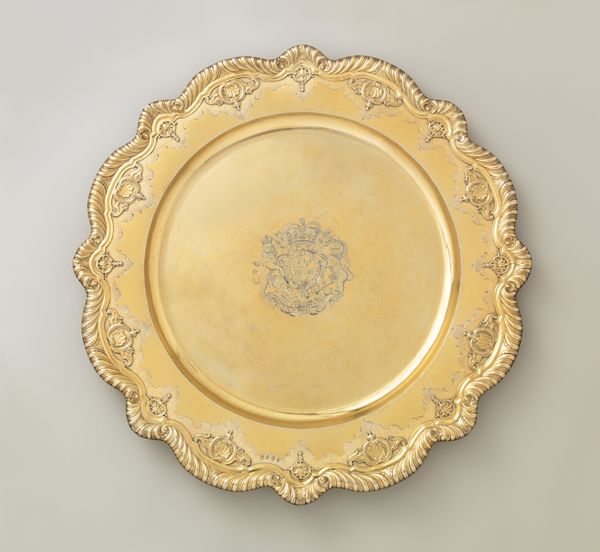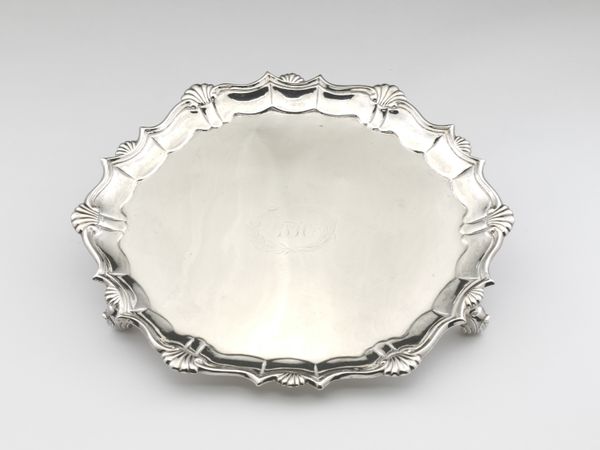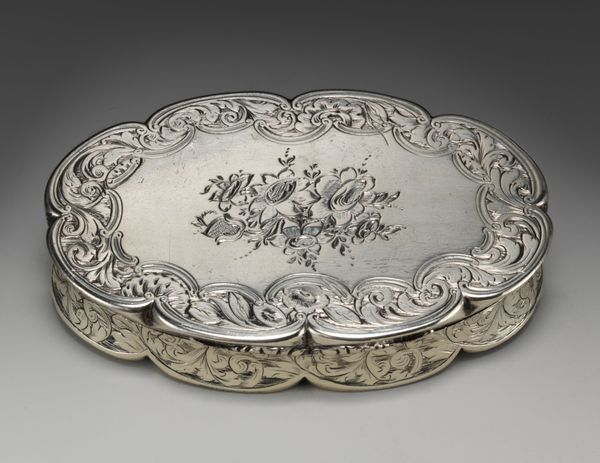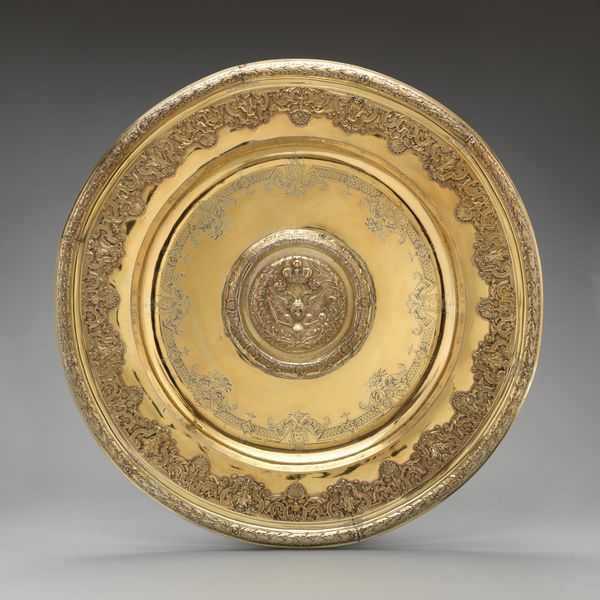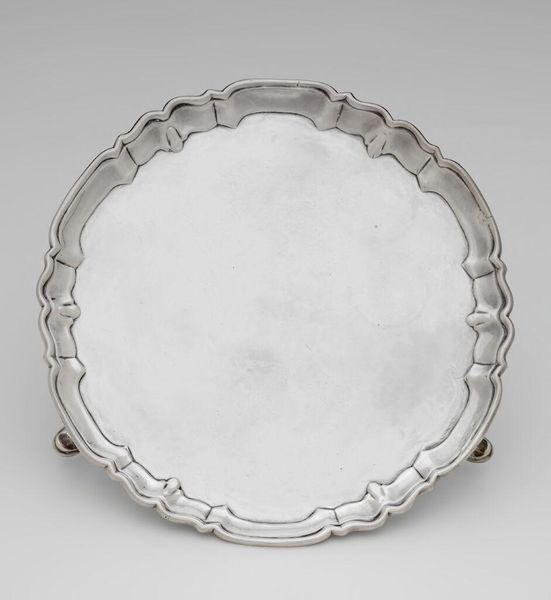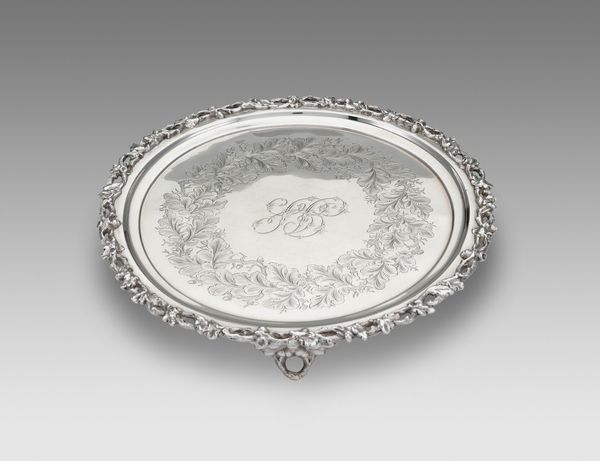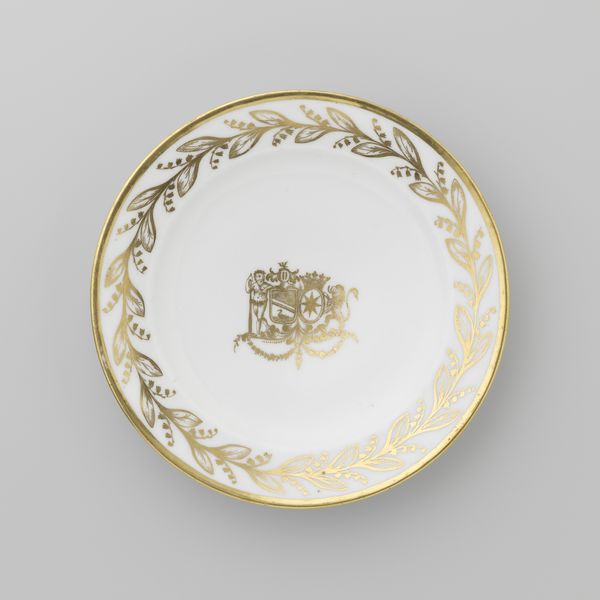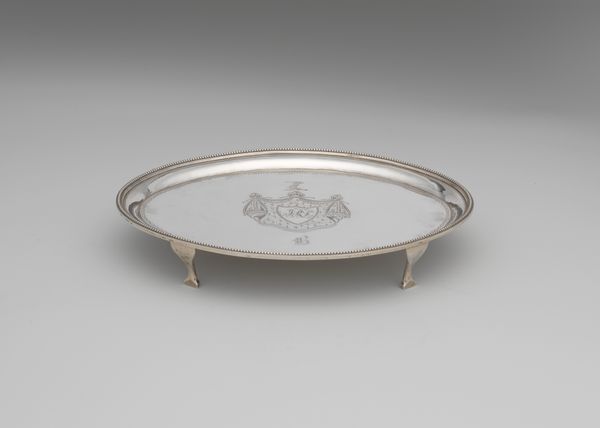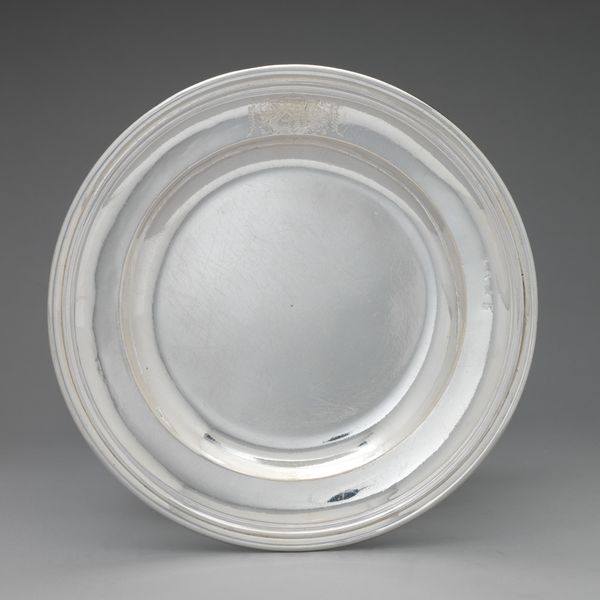
silver, metal, sculpture
#
silver
#
metal
#
sculpture
#
decorative-art
#
rococo
Dimensions: Overall (confirmed): 16 1/8 × 11 3/8 × 6 in., 93 oz. 14 dwt. (41 × 28.9 × 15.2 cm, 2914.488g)
Copyright: Public Domain
Editor: Here we have a silver basin from 1755-1756. It is currently held at The Metropolitan Museum of Art, but was created by Abraham Portal. The intricacy and level of detail in this piece are astounding. It is visually appealing, but I also think about how the piece was made. What were the conditions like for the silversmiths creating such items? Curator: That’s an excellent question. Focusing on the object's materiality immediately pulls us into considering the labor involved in its creation. Silver, in this era, wasn't just pulled from the earth—it was extracted, processed, and transformed through considerable human effort, often under exploitative conditions. Editor: So, the object isn’t simply beautiful; it embodies a whole system of production and likely some degree of social inequality. Curator: Exactly! We can consider the consumption end too: Who would have commissioned such an ornate piece? Rococo pieces like this one aren’t about practical function, it’s about communicating status. Think about the extraction, the smith's expertise, the cost, and what statement a wealthy owner sought to convey with it. Editor: It makes you rethink what this basin *is*. It is more than just a pretty metal object, it's an artifact reflecting power dynamics. Was it melted down later during the French Revolution or during a later financial downturn? Did it retain or lose its symbolic value? Curator: Precisely! And to your point, it forces us to consider its lifespan beyond its initial creation: How was it used, repurposed, or even discarded, reflecting evolving social and economic conditions? Editor: I guess thinking about the object as reflecting labor and materials tells a far richer story than its mere aesthetic appeal. Curator: It definitely grounds the piece, quite literally, in its historical and economic realities. We move from just observing to a more critical understanding of production and its value.
Comments
No comments
Be the first to comment and join the conversation on the ultimate creative platform.
